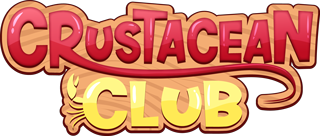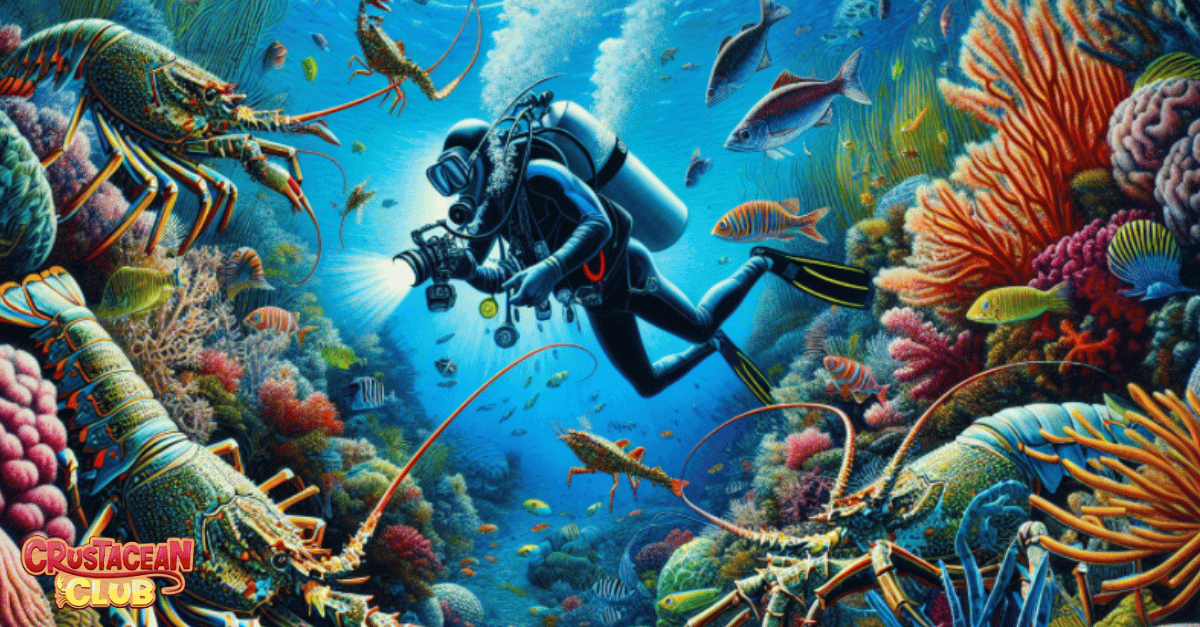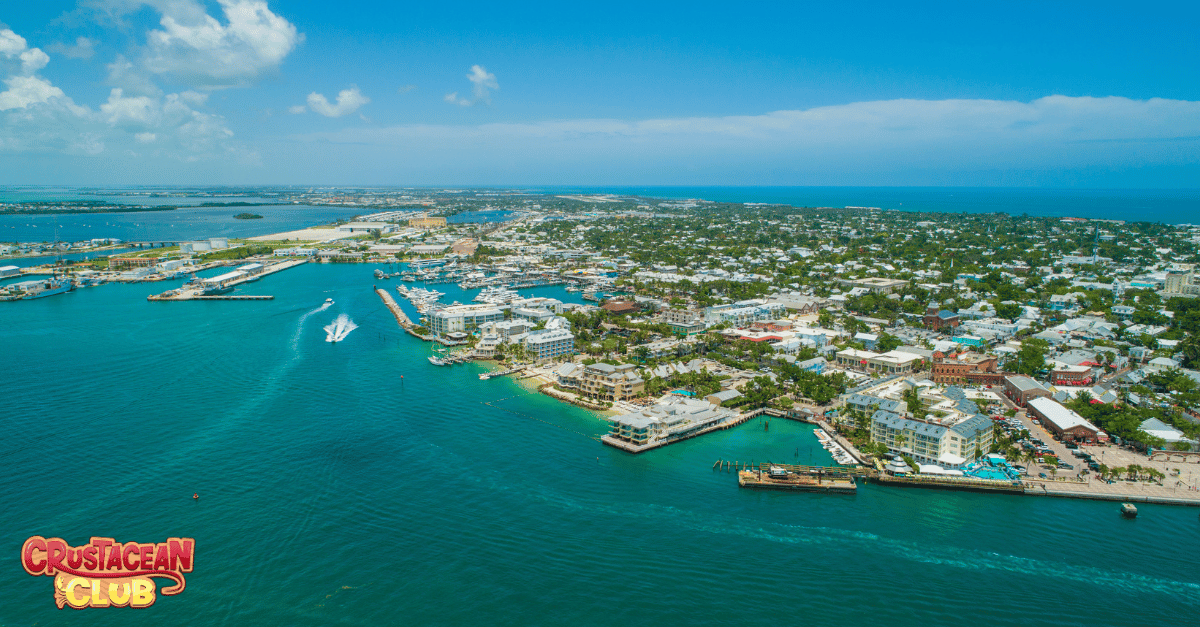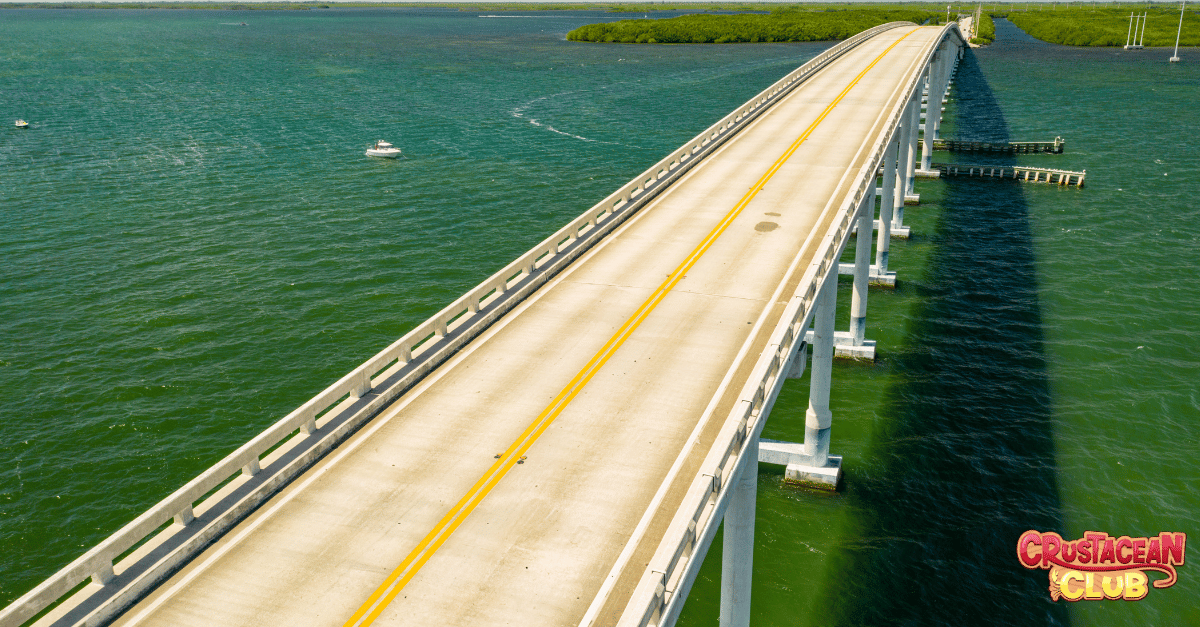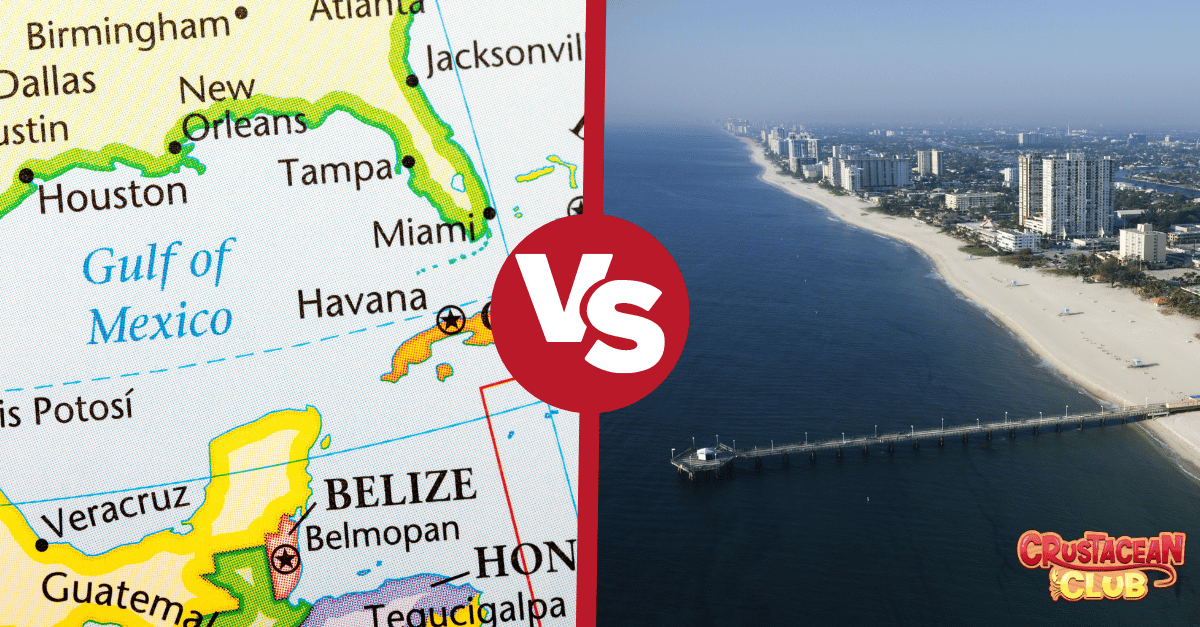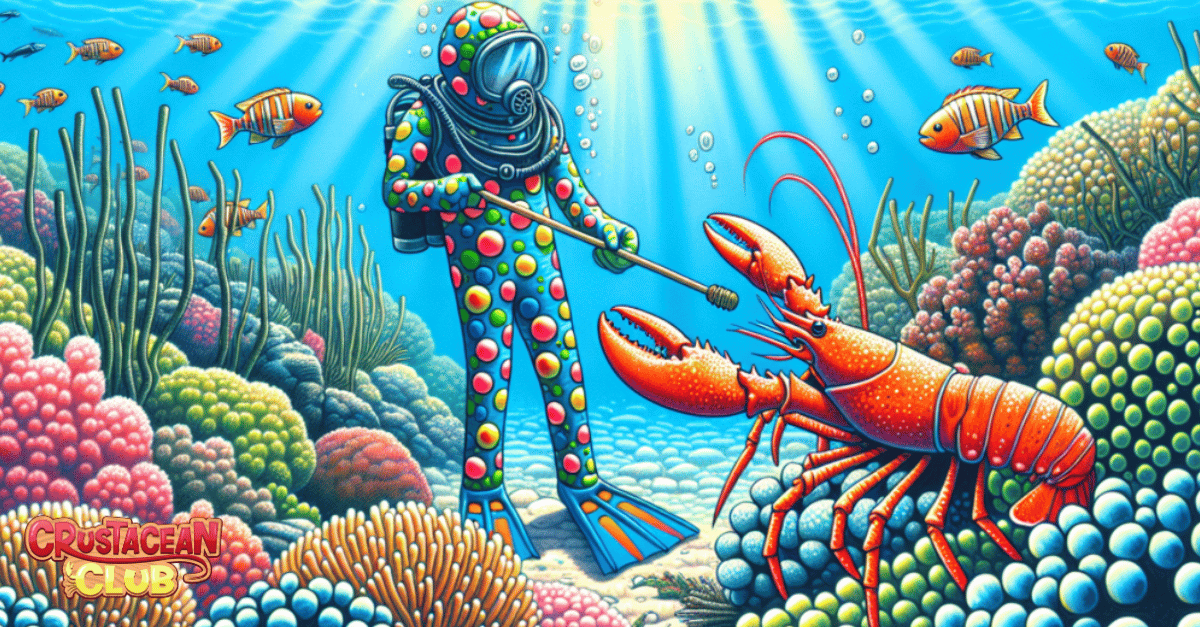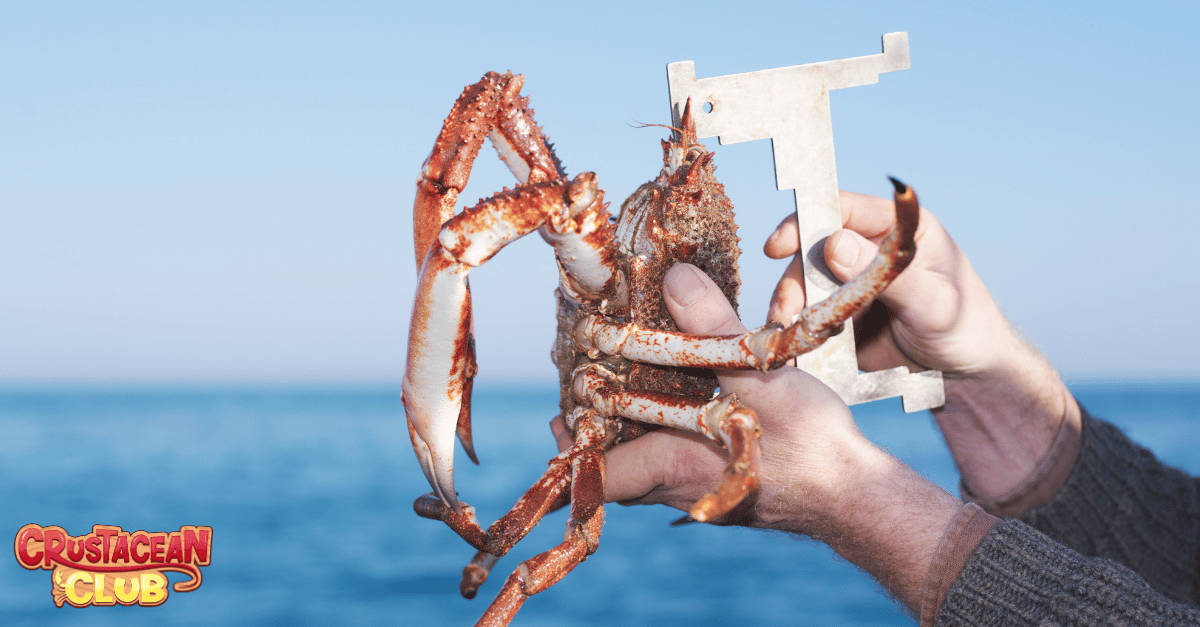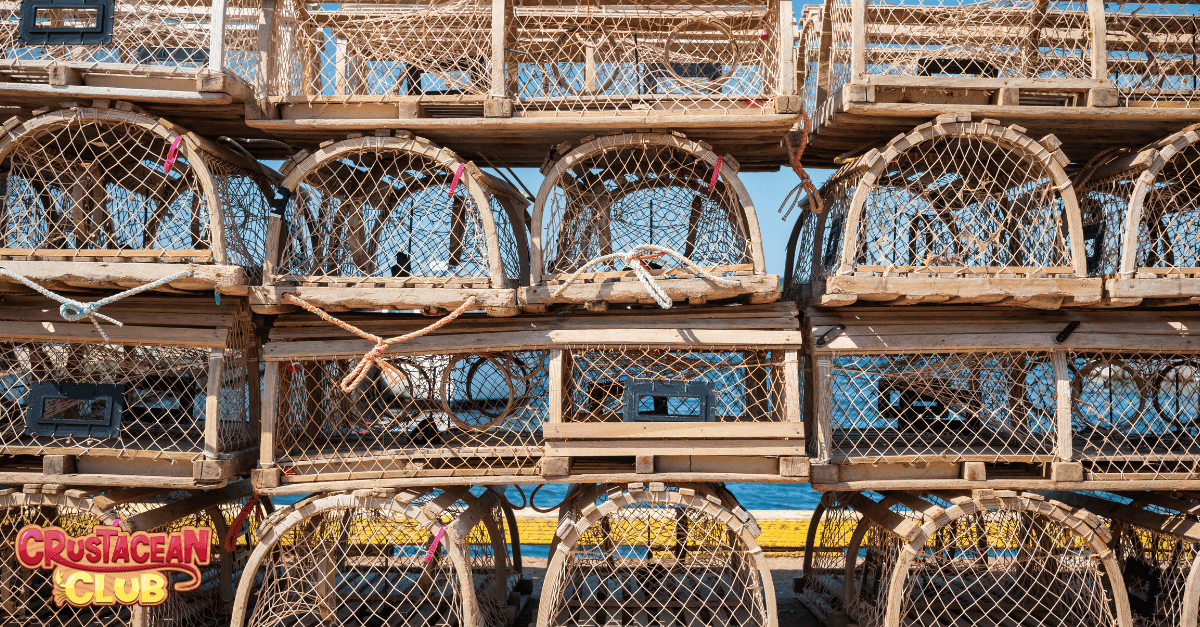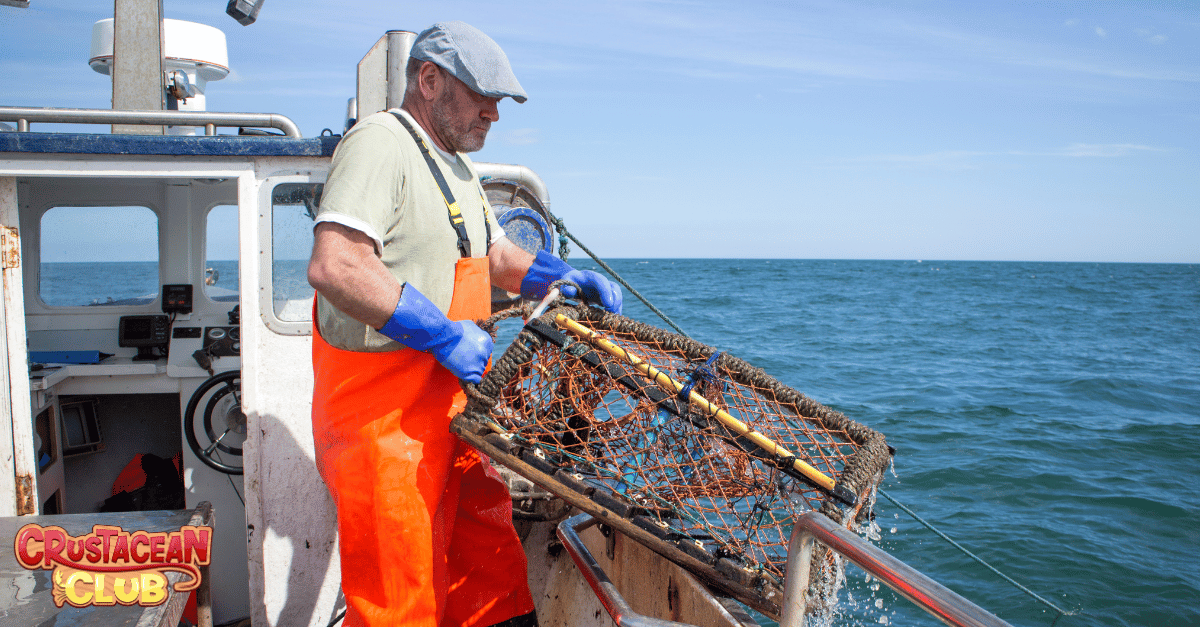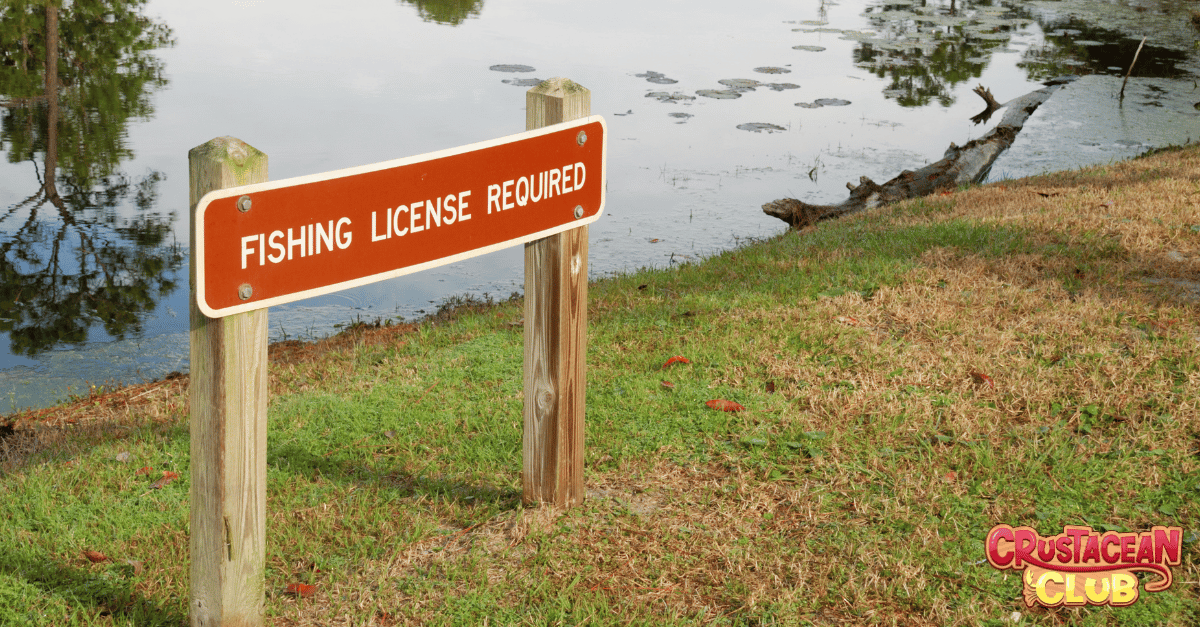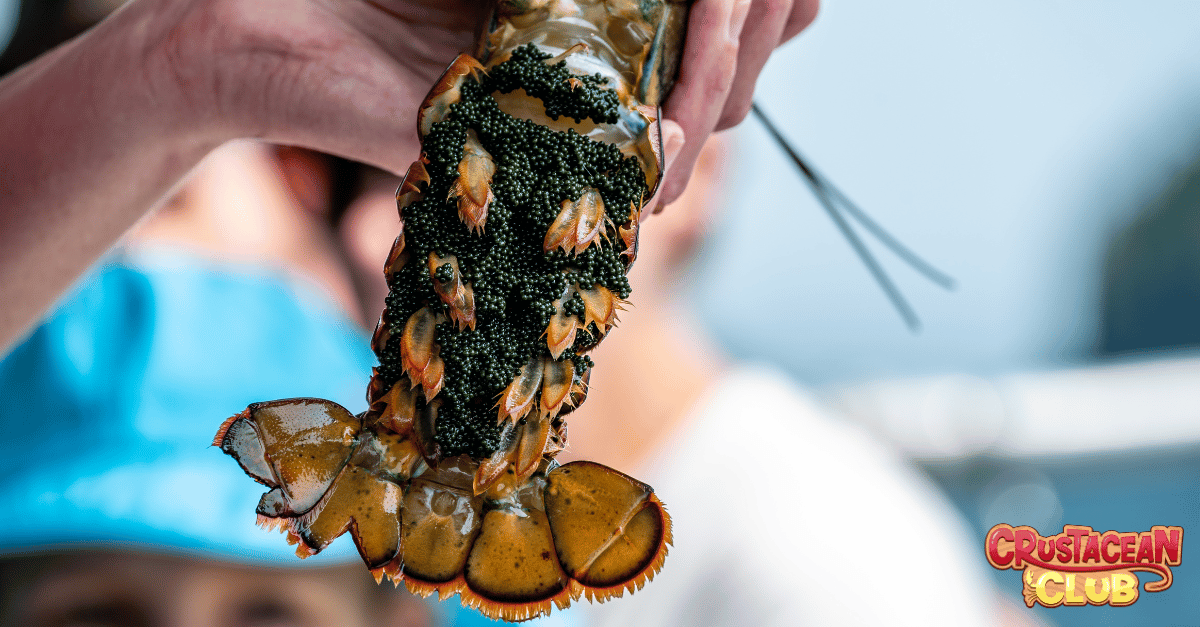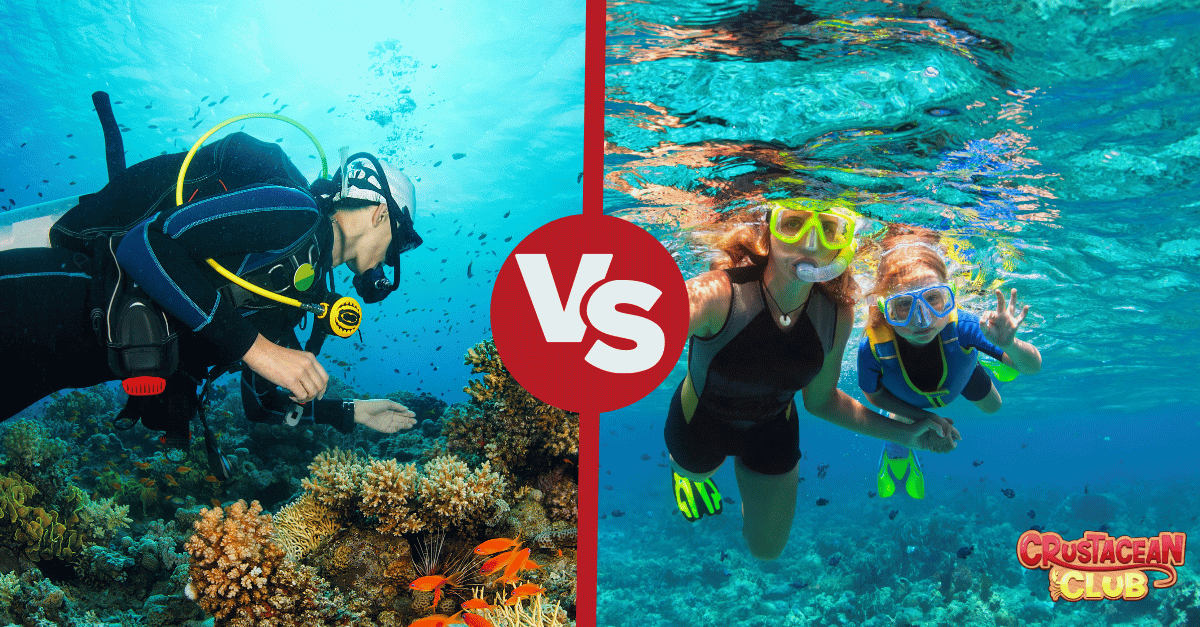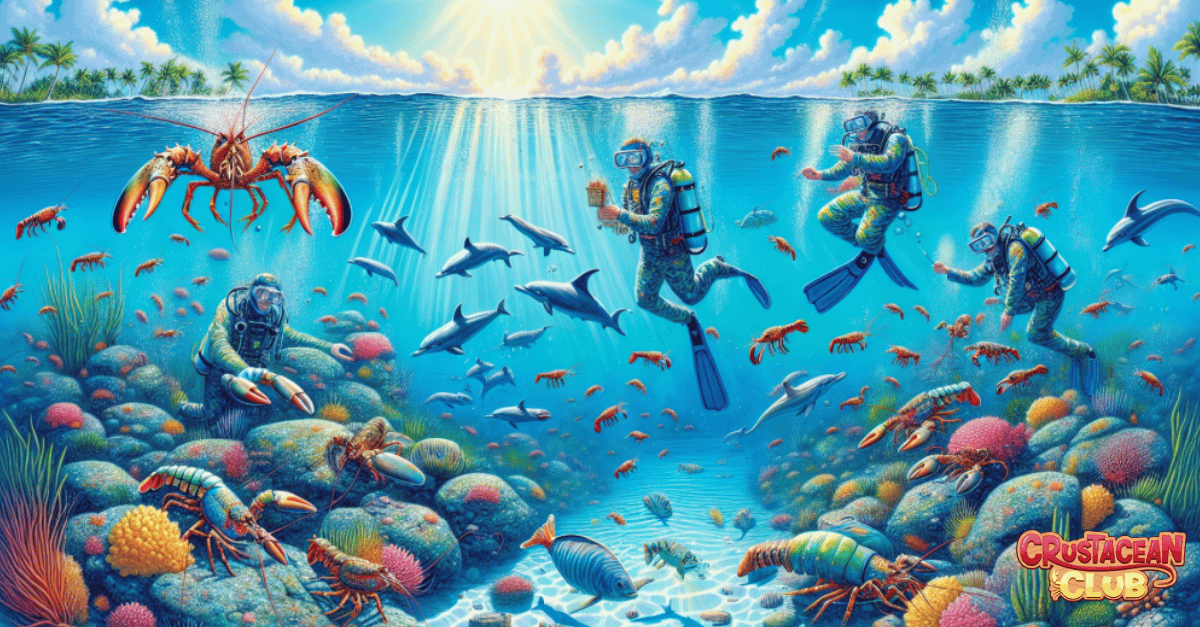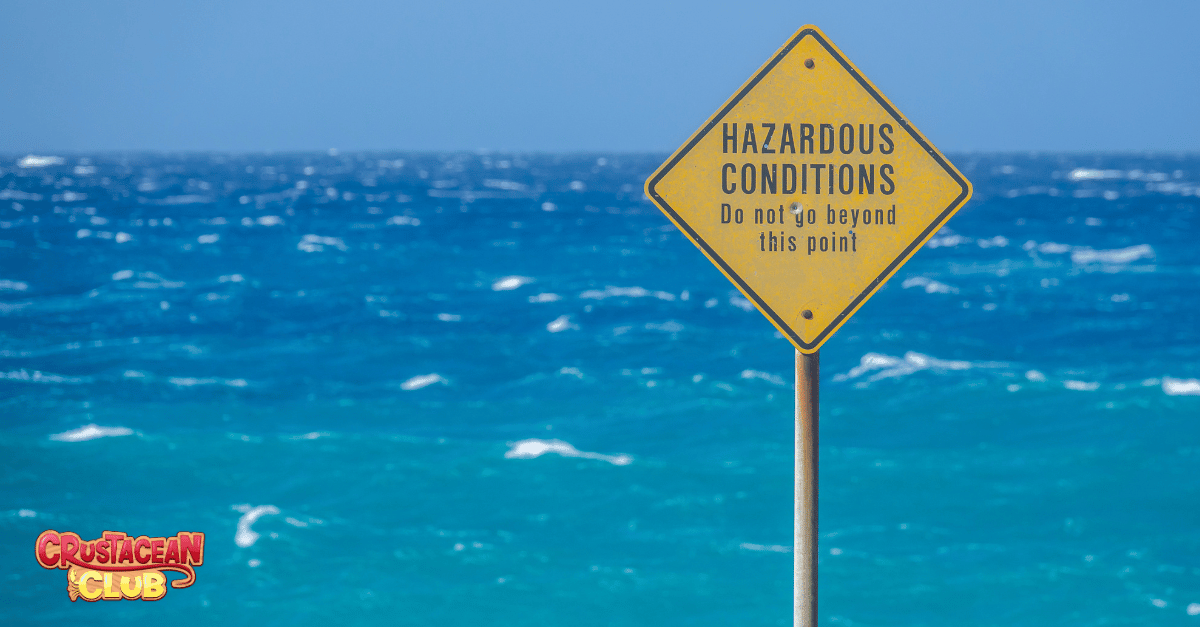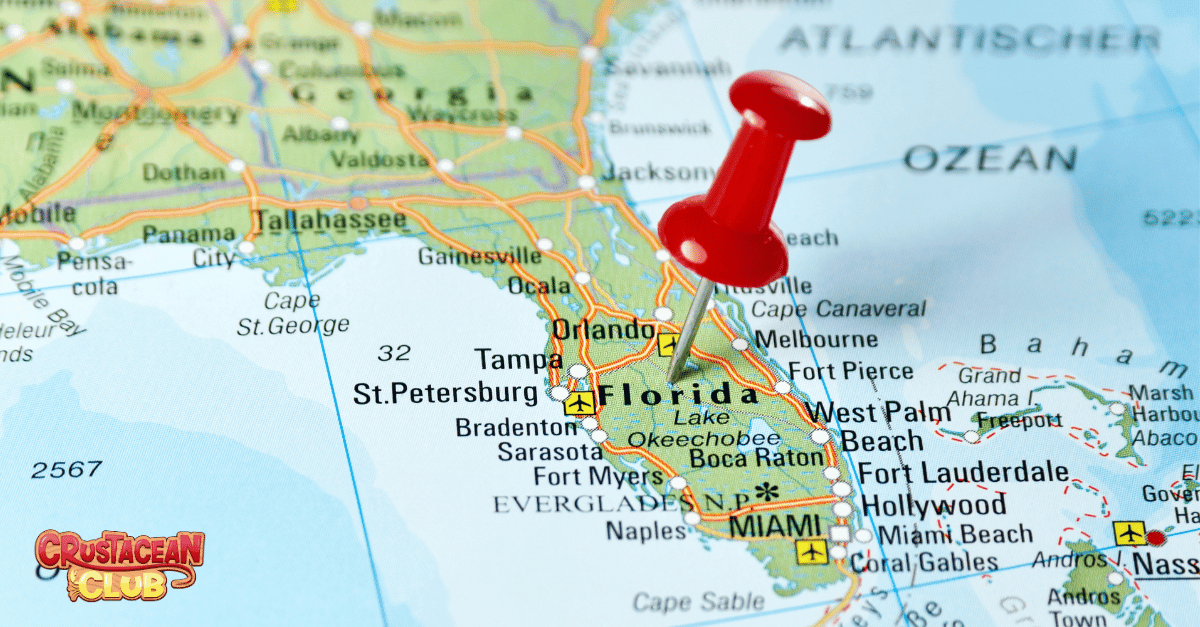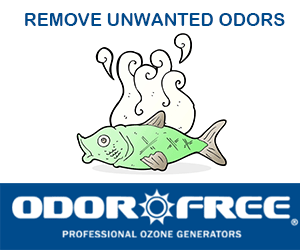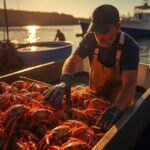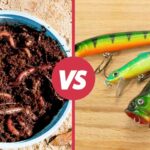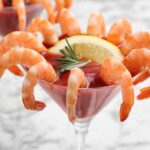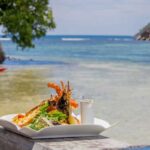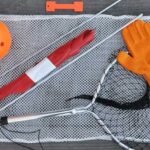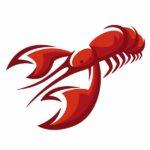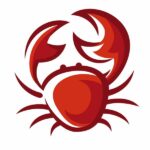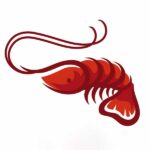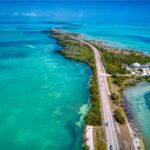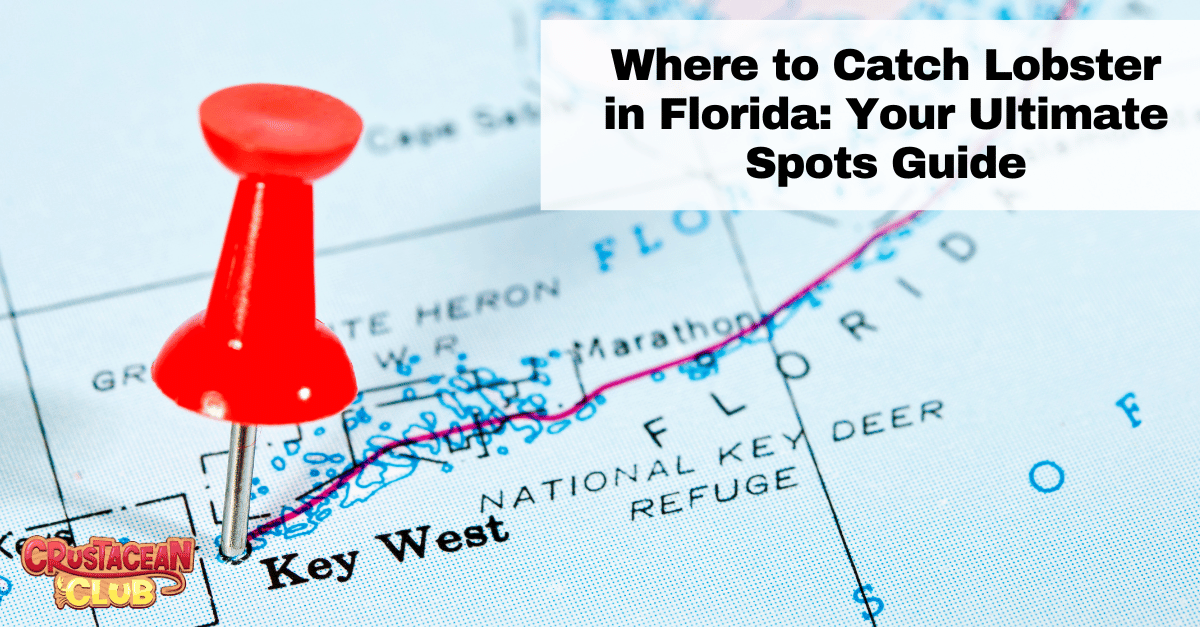
Are you searching for where to catch lobster in Florida? This no-nonsense guide provides exact locations, from the bustling reefs of the Keys to quieter spots along the coast. Perfect for divers of all experience levels, we focus on actionable advice for capturing that prized spiny lobster. Look no further for the straightforward information you need to plan your trip, stay within legal guidelines, and optimize your chances for a bountiful catch.
For more information on all things crustacean, be sure to check out the Crustacean Club site where you can also find expert guides on lobstering and crabbing!
Key Takeaways
- The Florida Keys, and spots like Sammy Creek Landing and Bahia Honda State Park, are top locations for finding Caribbean spiny lobsters with natural reefs preferred over artificial structures like wrecks.
- Proper gear is essential for lobster hunting, including tickle sticks for coaxing lobsters, measuring devices to ensure catches are legal-sized, and durable bags or nets to secure the lobsters.
- Understanding and adhering to Florida’s lobster seasons and regulations is critical: A saltwater fishing license and lobster permit are required, protection of egg-bearing lobsters is mandated, and there’s a bag limit on catches. Learn more about Florida’s lobster season with our expert guide.
We love hearing from our readers and subscribers, so please feel free to reach out and contact us today!
Uncovering the Best Lobster Spots in Florida
Florida, particularly the Florida Keys, is a paradise for lobster hunters. With locations like Sammy Creek Landing, Spanish Main, and Bahia Honda State Park, you’re likely to return with a bountiful catch of spiny lobsters. These destinations offer beautiful diving spots filled with lobster-holding rock and debris piles.
But remember, some areas, such as Bahia Honda State Park, charge entrance fees, so plan accordingly.
The Florida Keys: A Lobster Haven
The Florida Keys, especially Key West and Bahia Honda State Park, are famous for their spiny lobster population. The warm waters here are a haven for these creatures. Divers find the abundance of lobsters and the beautiful coral channels around small islands a rewarding experience.
The most common type of lobster found here is the Caribbean spiny lobster, which is known for its magnificent shell and delicious meat, often compared to the renowned Maine lobster.
Monroe County’s Secret Lobster Ledges
For those seeking a unique lobster hunting experience, Monroe County offers an array of lesser-known rock ledges and coral heads. These secret spots are less frequented, making them ideal for divers who enjoy the thrill of exploration.
The exact locations of these secret ledges are not widely published, maintaining their status as hidden gems for lobster hunting.
Gulf Side vs. Atlantic Side
Both the Gulf side and the Atlantic side of Florida offer unique lobster fishing experiences. Lobsters prefer natural reef structures over artificial ones like wrecks. The water clarity also varies between the Gulf and Atlantic sides, influencing lobster behavior and visibility during fishing.
Anglers often choose their fishing locations based on local lobster populations, preferred habitats, and water clarity.
Essential Gear for Lobster Hunting
To embark on a lobster hunting adventure, certain lobster gear is indispensable. This includes tickle sticks, nets, and measuring devices, all of which help snorkelers catch lobsters effectively and comply with regulations. Depending on the depth of the waters, divers might prefer swim fins or water shoes for better ease of movement and stability.
Tickle Sticks: The Diver’s Best Friend
Tickle sticks are an essential tool for lobster divers. These devices, with their specially designed bent end, are used to gently coax lobsters out of their hiding spots without using aggressive tactics. The trick is to prod the lobsters lightly, directing them towards an awaiting net for capture.
But remember to use the tickle stick gently, as lobsters can quickly swim backwards if they feel threatened or startled.
Measuring Device: Ensuring Legal Catch
A measuring device plays a pivotal role in lobster hunting as it ensures only legally-sized lobsters are captured. The device is used to measure the carapace length of the lobster, which must exceed more than 3 inches.
Additionally, any lobster found with eggs, known as ‘berried’ female lobsters, should be released back into the water unharmed, in compliance with legal regulations. Be sure to learn how to measure a lobster with our comprehensive guide.
Lobster Bags and Nets: Safely Securing Your Catch
Choosing the right bag or net is a crucial part of lobster hunting. These should facilitate easy capture and prevent the lobsters from escaping while swimming. Divers typically use a mesh bag to hold lobsters securely during their hunt. This avoids the need for frequent returns to shore and allows for collection up to the limit.
It is also essential to wear gloves for hand protection and have a catch bag on hand to safely catch lobster while diving, avoiding the use of lobster traps, such as a lobster trap.
Navigating Lobster Season and Regulations
Whether you’re a seasoned lobster hunter or a beginner, it’s important to understand the lobster season and local regulations in Florida. The regular lobster season runs from August 6 through March 31. Harvesting lobsters in national parks and no-take zones within the Florida Keys National Marine Sanctuary is prohibited during the regular and mini seasons.
Moreover, if you encounter a lobster carrying eggs, you are required by law to release it back into the water.
Understanding Florida’s Lobster Season
There are two lobster seasons in Florida. The mini lobster season, also known as the special two-day spiny lobster sport season, takes place on the last Wednesday and Thursday of July each year.
The regular lobster season spans from August 6th to March 31st annually, offering an extended period for lobster fishing activities.
Fishing License and Bag Limits
Before heading out on your lobster hunting adventure, ensure you have all the necessary permits. A valid saltwater fishing license and a special lobster permit are mandatory in Florida. The state offers a variety of saltwater fishing licenses that differentiate in cost based on residency status and duration. It’s also important to note that the daily bag limit for lobsters in Monroe County is six per person.
Protecting the Population: Avoiding Undersized and Egg-Bearing Lobsters
Conservation is key in lobster hunting. Here are some important steps to follow:
- Use a measuring device to ensure that only lobsters of legal size are removed from their habitat.
- Use the measuring device before removing the lobster from the water.
- This helps in preserving the population by avoiding the capture of undersized lobsters.
Techniques for Successful Lobster Diving
When it comes to lobster diving, technique is everything. Achieving a relaxed and controlled approach is key when attempting to catch lobsters while snorkeling.
Scuba Divers vs. Snorkelers
Whether you’re a scuba diver or a snorkeler can significantly influence your lobster hunting experience. Scuba divers can explore deeper and more complex underwater terrains, increasing their chances of catching lobsters. On the other hand, snorkelers can leverage their silent and low-profile approach, which might benefit them when hunting for lobsters.
A relaxed state while snorkeling helps slow down the heartbeat and oxygen consumption, allowing for a longer breath hold which can be crucial for catching lobsters.
Reading the Terrain: Rocks, Reefs, and Wrecks
When hunting for lobsters, it’s important to understand their preferred habitats. Lobsters are commonly found in areas with rocky structures, reefs, and shipwrecks, which provide them with shelter and protection. When divers find one lobster, it often means there are more nearby, as lobsters tend to group together in favorable habitats.
Timing Your Dive: When Lobsters Are Most Active
Timing is crucial when it comes to lobster hunting. Lobsters are nocturnal creatures, meaning they are most active at night. During these hours, lobsters venture out in search of food or mates, making them more accessible to divers.
South Florida, in particular, offers unique opportunities for nighttime lobster fishing.
Delightful Lobster Destinations Beyond the Keys
While the Florida Keys are a prime lobster hunting destination, there are plenty of other fantastic spots to consider. Regions such as:
- Jupiter
- Palm Beach
- Fort Lauderdale
- Miami
are known for their productive lobster fishing grounds. Lobster fishing enthusiasts often explore the west coast of Florida and the southeast coast during the busy Special Two-Day Lobster Sport Season and regular season.
South Florida’s Coastal Treasures
Beyond the Keys, South Florida boasts a plethora of locales for lobster enthusiasts. Some recognized areas for lobstering in South Florida include:
- Jupiter
- Palm Beach
- Fort Lauderdale
- Miami
These regions offer a unique lobstering experience with relatively fewer divers, creating a less crowded atmosphere.
These are particularly appealing for those looking to avoid the dense diver population of the Florida Keys.
West Coast Wonders: Exploring Deeper Waters
If you crave a unique lobster fishing experience, consider the deeper waters of the west coast. Lobsters thrive at greater depths where human activity is less prevalent. Areas like Horseshoe Beach and Spanish Harbor provide access to underexplored regions with abundant lobster populations. However, divers should be prepared for the challenges of navigating unfamiliar terrain and potential encounters with significant marine fauna such as the goliath grouper.
Preparing for Your Lobster Adventure
Before heading out on your lobster adventure, it’s crucial to ensure your vessel is in top shape. Boat trailers should be maintained annually or semiannually to prevent mishaps during your trip. Carrying spare trailer tires, packed spare hubs, tools, and additional boat fluids can also reduce the chances of being stranded due to equipment failures.
Selecting the Right Vessel
Choosing the right vessel is another key aspect of preparing for your lobster diving trip. Whether you’re bringing your own boat or renting one, a thorough maintenance check should be conducted. This includes:
- Service verification
- Fluid checks
- Electrical wiring
- Battery charge
- Safety gear inspection
- Propeller condition
Depending on your excursion’s range, stand-up paddleboards or kayaks can be adequate for lobster diving, or for longer expeditions, liveaboard boats offer comprehensive solutions.
Weather and Sea Conditions: Safety First
Safety should always be a priority when going on a lobster diving adventure. Checking the weather reports before planning a trip is crucial as calm weather, clear waters, and good lighting are ideal for catching lobster. Additionally, ensuring your boat’s float switch and bilge pump are functioning correctly is essential, particularly during the rainy season in the Keys, to cope with potential adverse weather conditions.
Summary
In conclusion, Florida offers a plethora of opportunities for lobster hunting, from the abundant spiny lobster populations in the Keys to the lesser-known lobster ledges of Monroe County and the deeper waters of the west coast. No matter where you choose to dive, remember to bring the right gear, adhere to local regulations and seasons, and approach the hunt with a relaxed and controlled mindset. Happy lobster hunting!
Frequently Asked Questions
Are there lobsters off the coast of Florida?
Yes, spiny lobsters, also known as crawfish, are found off the coast of Florida and are widely enjoyed as food. They are harvested by recreational and commercial divers, as well as by commercial fishermen.
When is the lobster season in Florida?
The lobster season in Florida runs from August 6 through March 31. Additionally, there’s a two-day mini lobster season at the end of July each year.
What gear do I need for lobster hunting?
You will need tickle sticks, nets, and measuring devices for lobster hunting. Swim fins or water shoes may also be helpful, depending on the water depth.
Where can I catch lobsters in Florida?
You can catch lobsters in Florida at the Florida Keys, including spots like Sammy Creek Landing, Spanish Main, and Bahia Honda State Park, as well as in Jupiter, Palm Beach, Fort Lauderdale, and Miami. Happy hunting!
What is a tickle stick used for in lobster hunting?
A tickle stick is used to gently coax lobsters out of their hiding spots and direct them towards an awaiting net for capture during lobster hunting. Happy lobster hunting!
Hi! My name is Jessica, and I am the Head of Content for Crustacean Club. If you woul like any changes or if you want to submit a blog, DM me!
